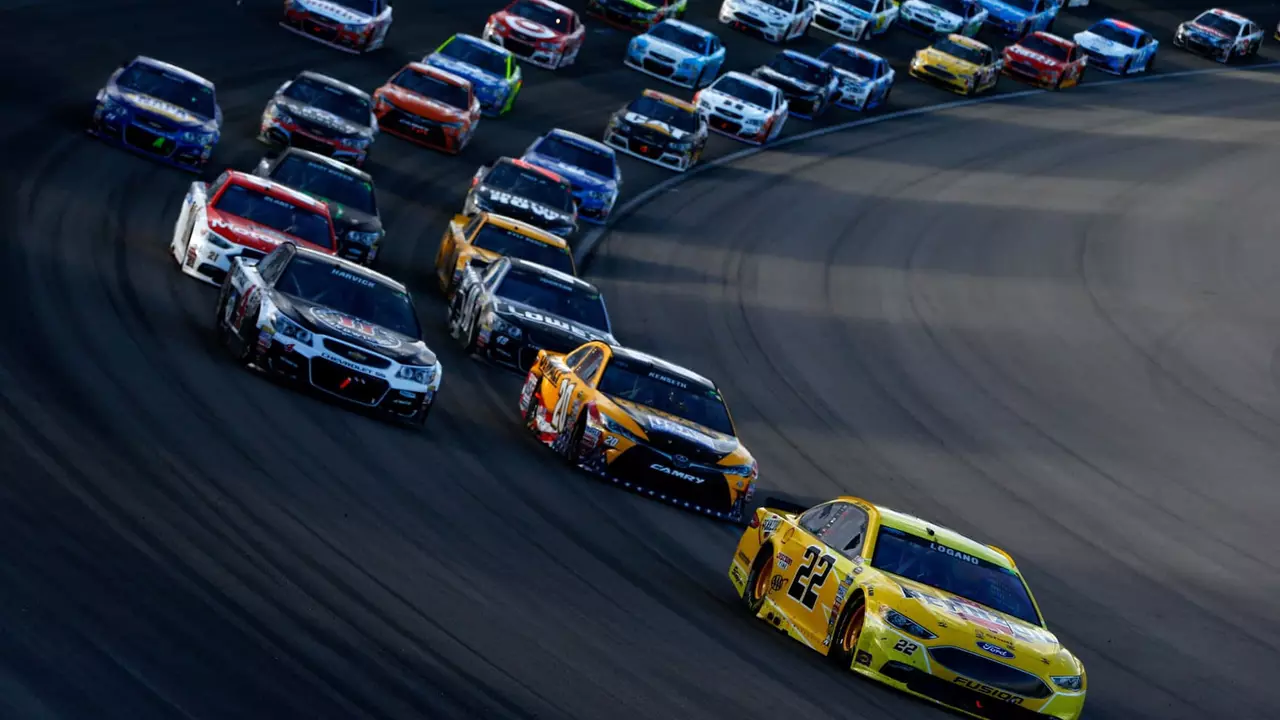Car Racing Basics: What You Need to Know Right Now
Wondering how a car race actually kicks off? Or how much fuel a Formula 1 car burns in a single event? You’re in the right spot. This guide breaks down the most useful facts about car racing, so you can watch a race smarter, hit the track legally, or even think about joining a team.
What’s the Start Line?
The beginning of any car race is called the start line or starting grid. All drivers line up side by side, often inside a grid formation, and wait for the green light or flag. The position you hold on the grid can dictate the whole race – a front‑row spot gives you a clear view and a chance to lead from the jump.
In most series, the grid is set by qualifying times. Faster laps earn you a better spot. That’s why teams spend so much time tweaking aerodynamics and tire pressure – every millisecond counts before the lights go out.
Fuel, Laws, and Getting Involved
Fuel consumption is a big deal in car racing. In a typical Formula 1 race, each car can carry up to 110 kg of fuel, roughly 144 liters. Teams calculate exactly how much they need for each lap, because extra weight slows you down. That’s why you’ll hear commentators talking about “fuel strategy” as often as they mention tire choices.
If you’re thinking about racing on the street, pause. Legal street racing isn’t a thing in most places. The thrill you see in movies like *The Fast and the Furious* is staged, and the law doesn’t allow high‑speed runs on public roads. Instead, look for a local drag strip or a sanctioned track day. Those venues let you push the limit safely and within the law.
Ready to join a racing team? Start by watching local events and meeting people in the paddock. Bring a clean set of wheels, a good attitude, and a willingness to learn. Many teams scout talent at amateur races, so a solid performance in a club series can open doors.
Here’s a quick checklist to get you moving:
- Find a nearby track or drag strip that hosts open days.
- Get a basic racing license – usually a simple written test and a few on‑track minutes.
- Invest in a reliable car with safety gear (helmet, fire‑proof suit, roll‑cage if needed).
- Practice braking, cornering, and throttle control on the track, not the street.
- Network with drivers, crew members, and team owners after each session.
Once you’ve got some laps under your belt, you’ll understand why the start line feels like the most intense moment of the day. That burst of adrenaline, the roar of engines, and the split‑second decisions are what make car racing addictive.
Keep an eye on fuel limits, respect the rules, and always prioritize safety. With the right mindset, you’ll go from a spectator to a participant in no time. Ready to hit the track?
How can one start car racing if racing is illegal?
Hey racing enthusiasts! So, you've got the speed demon in you but the law isn't quite on your side? No worries! It's still possible to quench that thirst for adrenaline without running afoul of the law. The simplest answer is, get into legal racing! From go-karting to joining amateur racing leagues, there are loads of ways to make those tires screech and leave some rubber on the track. Plus, who knows, you might just end up being the next Schumacher without a single traffic ticket to your name!
Read MoreHow to find a small race track to race my car on alone?
If you're looking to find a small race track to race your car on alone, the best way to start is by doing research online. Narrow down your search to a few local tracks and contact them to inquire about their available hours and rental fees. Additionally, consider joining a local racing club or asking other racers in your area for advice on where to find a track. Once you have found a suitable track, make sure to familiarize yourself with the rules and regulations of the track before you start racing. Additionally, make sure to take safety precautions prior to racing and abide by all rules and regulations of the track.
Read More